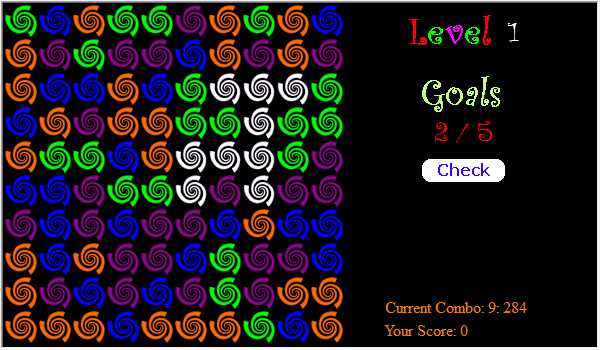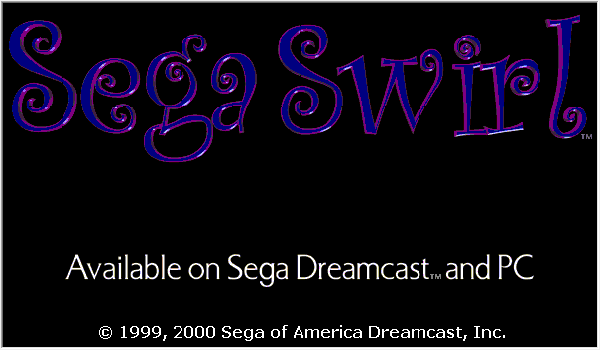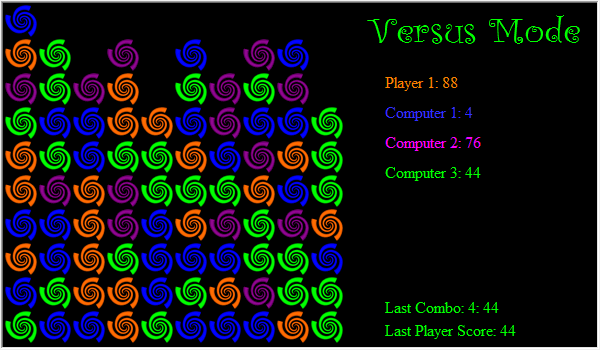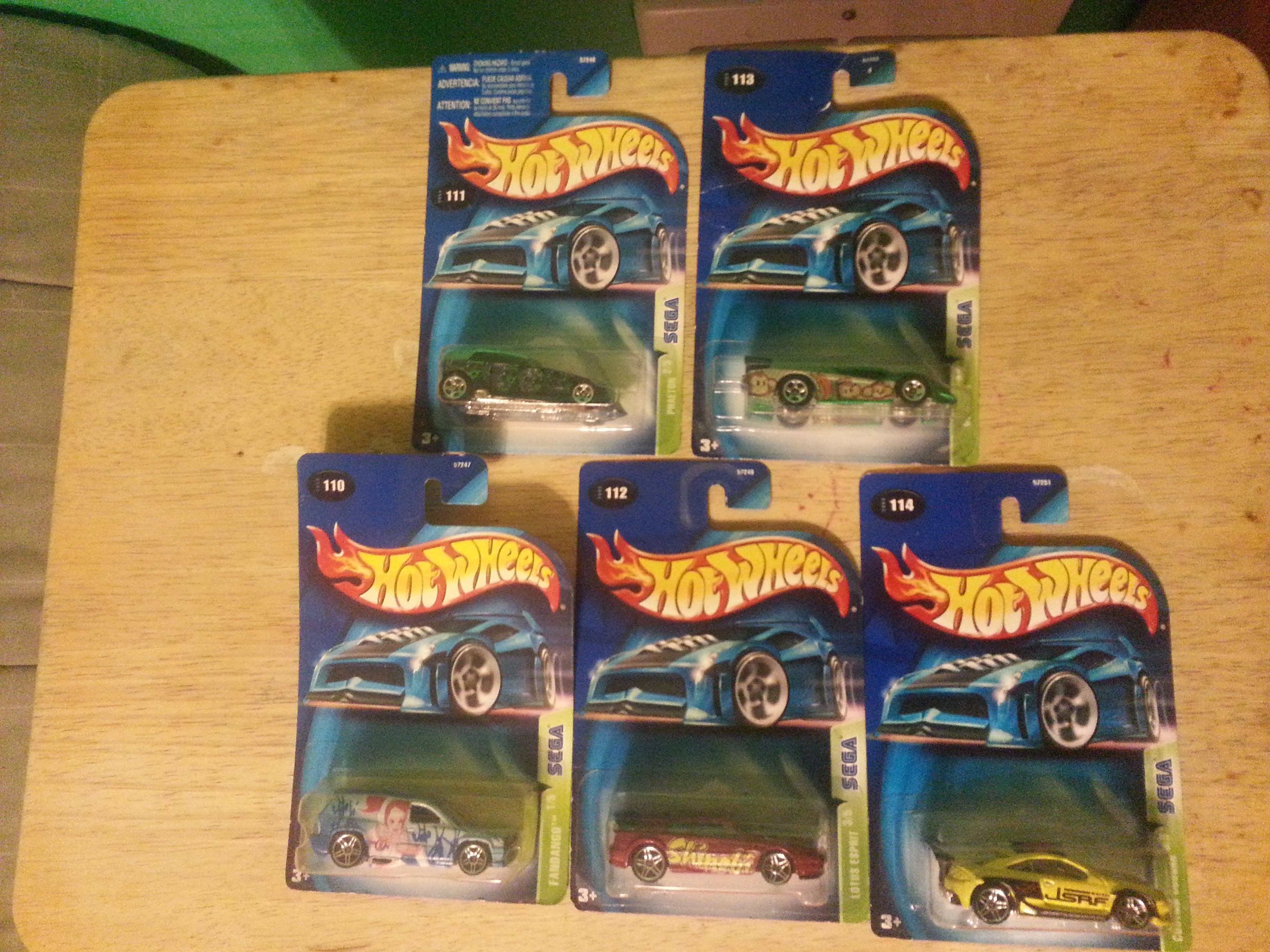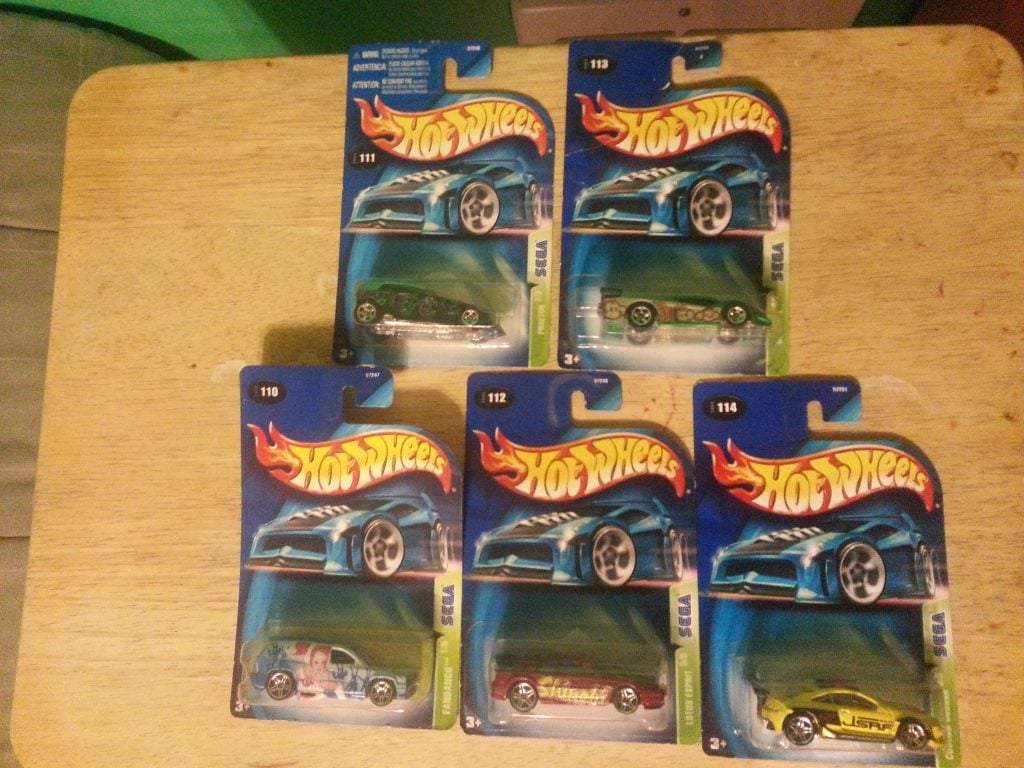(content warning: cartoony violence and blood within. there’s also an aside about a game designer’s transphobia, but not in the game itself.)
Ever had a moment where you’re scrolling through your library on Steam or some other digital storefront and spotted a game in your library that you have no memory of acquiring? Something that made you wonder “when the hell did I buy this?,” causing you to frantically search Humble Bundle and the 3-4 other discount key storefronts you have accounts on just to have the record of when you purchased that game? Well, the game I’m writing about this time was like that for me, a game that somehow was in my Steam library for literally years. I was confused on how it got there. Maybe I bought it from hell or something.

Hell Yeah! Wrath of the Dead Rabbit is a… rather bizarre action-adventure/metroidvania (ugh) game that was in my Steam library for a long time. Released in 2012 for Xbox 360, PlayStation 3, and Steam, it’s an unusual choice of game in my library mostly because of the game’s publisher: Sega.

You know Sega, right? The company that puts out okay-to-great Sonic the Hedgehog games, the amazing Yakuza/Like a Dragon games, and occasionally dabbles in their back catalog once in a blue moon, right? In addition to its main headquarters in Tokyo, Japan and the oft memed USA branch, there’s another important division, an unsung hero of the company: Sega Europe, publishers of iconic PC gaming franchises like Total War, Company of Heroes, Endless Space and Football Manager. They dabble in other games as well, but Sega Europe’s is the reason Hell Yeah! was published by them and not like, 505 Games or something.

Hell Yeah! was offered as one of the free gift packages in “Make War Not Love,” a promotion Sega Europe was doing with its iconic strategy game franchises where playing either of those games – Company of Heroes 2, Total War: Attila and Warhammer: Dawn of War II – would result in unlocking content for those respective games. Hell Yeah! was packed in alongside other Sega games like Viking: Battle for Asgard, Renegade Ops and some of the games in the Sega Genesis/Mega Drive Classics Collection. All of these were offerings for the third “Make War Not Love” event, which happened in February 2016, just in time for Valentine’s Day.
But let’s talk about Hell Yeah! itself. Developed by Arkedo Studio, a games studio based in Paris, France, was mostly known for relatively forgotten platformers in their “Arkedo Series” of games. Said games had fairly unremarkable titles like Jump!, SWAP!, and Pixel!. Hell Yeah! would be their last major game released while the studio was still active. Eventually one more game would be released not long after the studio shut down: Poöf vs the Cursed Kitty, released one year later and published by Neko Entertainment. Surprisingly this game doesn’t end with an exclamation point in its title.

In Hell Yeah!, you play as Ash, a bunny rabbit who reigns supreme over the realms of hell. Through negligence on his part, pictures of him are taken by paparazzi and spread around the shores of hell, causing it to damage his reputation. With help from his servant Nestor, Ash opts to seek revenge by finding the culprit who leaked those photos in the first place, which requires defeating 100 monsters around the world.

Ash has a fairly modest arsenal to start. Not long after the beginning, Ash acquires a super-sawing jetpack that allows Ash to drill through certain materials and fly to certain areas. In addition, Ash can acquire a slew of weapons: Slow-firing missiles that can blast through rock and destroy enemies with ease. Eventually after the tutorial area, Nestor gifts Ash with a second weapon: A machine gun, one that looks similar to the famous M41A Pulse Rifle from the Aliens films.
(more…)




